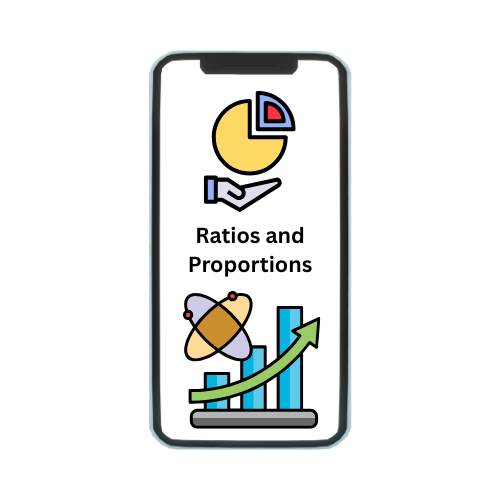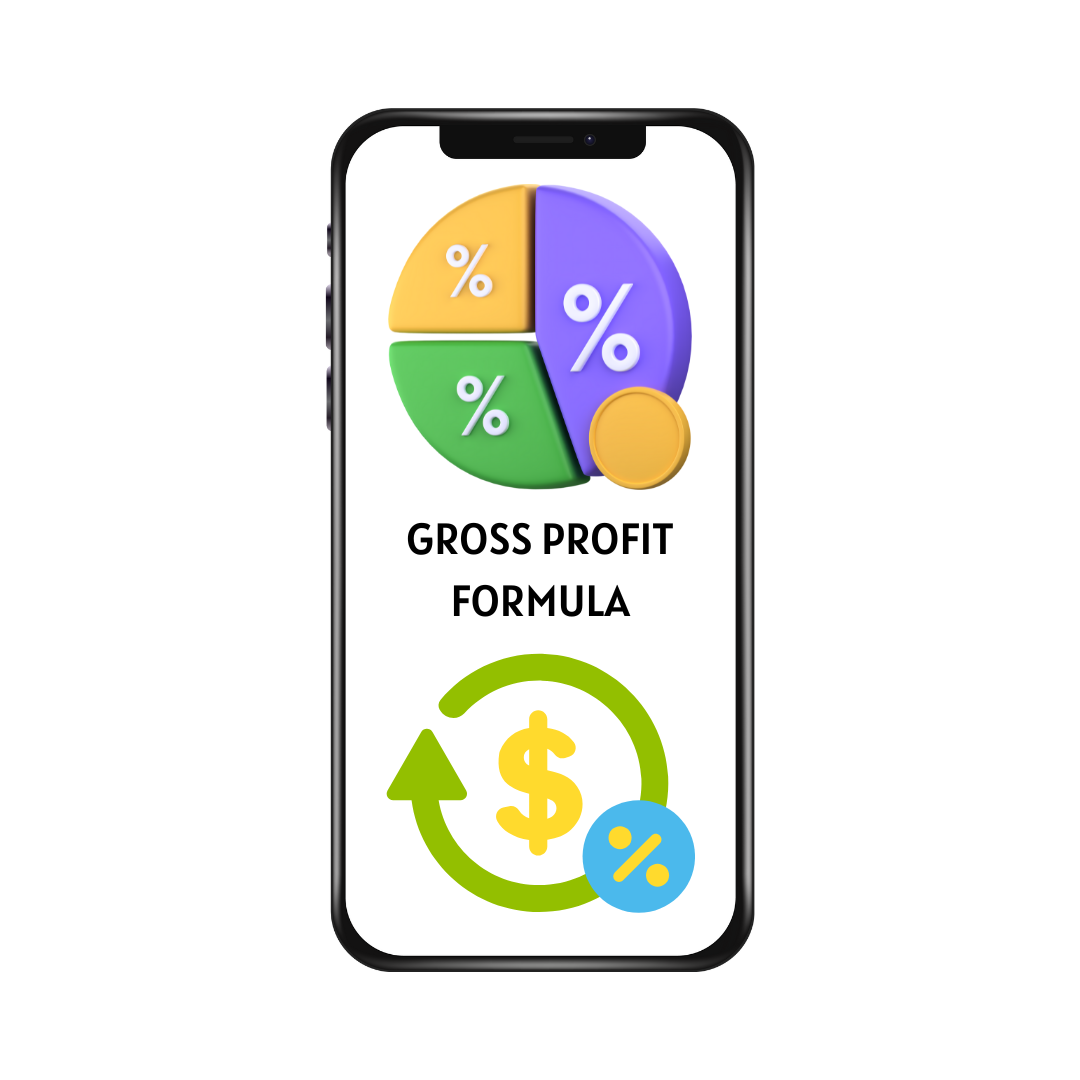Holding Period Return (HPR) is a fundamental concept in finance that measures the total return an investor earns from holding an asset over a specific period. It encompasses both capital gains or losses and any income generated from the asset, such as dividends or interest.
HPR is essential for investors as it provides a clear and straightforward way to evaluate the performance of their investments over a given time frame. By calculating HPR, investors can assess the profitability of their investments, compare different investment opportunities, and make informed decisions about their portfolios. This metric is widely used in financial analysis and portfolio management to gauge the effectiveness of investment strategies and to understand the overall return on investments.
What Is the Holding Period Return?
Holding Period Return (HPR) is a financial metric used to evaluate the performance of an investment over a specific time frame. It represents the total return earned from holding an investment over a certain period, taking into account both capital appreciation and income generated, such as dividends or interest. HPR is calculated by dividing the sum of the investment’s ending value (including any income received) by its beginning value, and then subtracting one. This calculation provides investors with a percentage figure that indicates how much their investment has grown or shrunk over the holding period. HPR is an essential tool for investors as it allows them to assess the profitability of their investments, compare different investment opportunities, and make informed decisions based on the returns generated.
Why Is HPR Important for Investors?
Holding Period Return (HPR) is crucial for investors because it provides a comprehensive measure of the total return earned from holding an investment over a specific period. By calculating HPR, investors can accurately assess the profitability and performance of their investments, taking into account both capital gains and income generated, such as dividends or interest. This metric allows investors to evaluate the effectiveness of their investment decisions and compare the returns generated by different investment opportunities. Understanding HPR helps investors to gauge the risk and reward associated with their investments, as well as to make informed decisions about buying, holding, or selling assets. Overall, HPR serves as a valuable tool in financial analysis and portfolio management, enabling investors to monitor the performance of their investments and optimize their investment strategies accordingly.
How Is Holding Period Return Calculated? (With Formula & Example)
Holding Period Return (HPR) is calculated by using a straightforward formula that takes into account the initial investment, final investment value, and any income generated during the holding period. The formula for HPR is:
HPR = (P1 + D) / P0 − 1
Where:
- P0 is the initial investment or purchase price.
- P1 is the final investment value or sale price.
- D represents any dividends or income received from the investment during the holding period.
To calculate HPR, you first add the final investment value P1 to any dividends D received, then divide this sum by the initial investment P0. Subtract 1 from the result to get the HPR as a decimal, and multiply by 100 to convert it to a percentage.
Example: Suppose you purchase a stock for $1,000 and sell it after one year for $1,200. During the holding period, you receive $50 in dividends. To calculate the HPR for this investment, you would use the formula:
HPR = ($1,200 + $50$) / 1,000 − 1
HPR = ($1,250 / $1,000) − 1
HPR = 1.25 – 1
HPR = 0.25
So, the Holding Period Return (HPR) for this investment is 0.25, or 25%.
Understanding how to calculate HPR allows investors to measure the return on their investments over a specific period, including both capital gains and income generated, providing a clear measure of investment performance.
Applications of Holding Period Return
- Investment Analysis: HPR is widely used to evaluate the performance of individual investments over specific time frames. It provides investors with a clear measure of how much return their investments have generated, including both capital gains and income such as dividends or interest.
- Portfolio Management: HPR plays a crucial role in portfolio management by helping investors assess the overall return of their investment portfolios. It allows portfolio managers to monitor the performance of different assets and adjust their portfolios accordingly to optimize returns.
- Risk Assessment: HPR is used in risk assessment to understand the volatility and potential returns of investments. By comparing the HPR of different assets or portfolios, investors can assess the risk-return trade-off and make informed decisions about their investment strategies.
- Comparative Analysis: HPR enables investors to compare the performance of different investment opportunities. By calculating the HPR for various investments, investors can identify which investments have provided the highest returns relative to the initial investment.
- Performance Evaluation: HPR is used to evaluate the performance of investment strategies and decisions. It helps investors and analysts determine whether investment decisions have been profitable and assess the effectiveness of their investment strategies over specific time periods.
Advantages of Holding Period Return
- Simplicity: HPR is straightforward and easy to calculate, making it accessible for investors and analysts to use in evaluating investment performance.
- Transparency: It provides a clear measure of the total return earned from an investment over a specific period, including both capital gains and income generated (such as dividends or interest).
- Comparability: HPR allows for easy comparison of different investments or portfolios by providing a standardized measure of return over the same time frame.
- Performance Evaluation: HPR helps investors evaluate the effectiveness of their investment decisions and strategies by measuring the actual returns generated from investments.
- Decision Making: Understanding HPR assists investors in making informed decisions about buying, holding, or selling investments based on their profitability and performance.
- Portfolio Management: HPR is essential for portfolio managers to monitor the performance of their portfolios and adjust asset allocations as needed to optimize returns.
- Risk Assessment: It aids in assessing the risk-return trade-off by providing insights into the volatility and potential returns of investments.
- Historical Analysis: HPR allows investors to conduct historical analysis by measuring the performance of investments over different time periods, enabling them to identify trends and patterns in investment returns.
- Benchmarking: HPR can be used as a benchmark for comparing the performance of investments against a specific standard or index, providing a basis for evaluating relative performance.
- Measurement of Total Return: It measures the total return earned from an investment, which includes both capital gains and income generated, providing a comprehensive view of investment profitability.
Factors Affecting Holding Period Return
Several factors can influence the HPR of an investment:
- Market Conditions: The overall market environment, including whether it’s a bull or bear market, can significantly impact the price movements of assets held within a portfolio. Bull markets tend to see rising asset prices, whereas bear markets experience declining prices, influencing HPR accordingly.
- Interest Rates: Changes in interest rates can affect the yields of bonds and other interest-sensitive investments. Higher interest rates generally lead to lower bond prices, affecting the total return from these investments and thus impacting HPR.
- Economic Factors: Macroeconomic factors such as GDP growth, inflation rates, and employment levels can affect the profitability and performance of investments. Strong economic growth typically leads to higher corporate earnings and stock prices, positively impacting HPR.
- Company Performance: The financial health and performance of individual companies in which investments are made can directly impact HPR. Strong earnings growth, dividends, and successful business operations can enhance investment returns.
- Sector and Industry Trends: Investments concentrated in specific sectors or industries may be more susceptible to sector-specific risks and trends. Changes in industry regulations, consumer demand, or technological advancements can influence HPR.
Limitations to Using HPR
- Time Frame Dependency: HPR measures the return over a specific holding period, which may not accurately reflect the long-term performance of an investment. Short-term fluctuations in asset prices can skew HPR calculations.
- Inflation Impact: HPR does not adjust for inflation, meaning it does not provide a real return after accounting for the effects of inflation. This limitation can distort the true purchasing power of investment returns over time.
- External Economic Factors: Economic changes, such as interest rate movements, inflation rates, and geopolitical events, can impact asset prices and investment returns, affecting the accuracy of HPR calculations.
- Dividends and Income Timing: HPR assumes that dividends and other income received from investments are reinvested at the same rate of return, which may not always be practical or accurate in real-world scenarios.
- Transaction Costs: HPR does not account for transaction costs, such as brokerage fees, taxes, and other expenses associated with buying and selling investments. These costs can reduce the overall return and affect the accuracy of HPR calculations.
Difference Between HPR and Total Return
HPR measures the return on an investment over a single period, considering only the capital gains and income earned during that time. Total Return, on the other hand, considers the HPR plus any reinvested income and changes in the investment’s market value over multiple periods.
Conclusion
In conclusion, Holding Period Return (HPR) is a fundamental metric in finance that provides investors with a clear measure of the return earned from holding an investment over a specific period. It takes into account both capital gains and income generated, such as dividends or interest, allowing investors to assess the profitability and performance of their investments. HPR is valuable for investment analysis, portfolio management, and decision-making processes, offering a straightforward calculation method that is easy to understand and apply. However, it’s important to recognize the limitations of HPR, including its dependency on the time frame, exclusion of inflation adjustments, and assumptions about reinvestment of income. For a more comprehensive evaluation of investment performance, Total Return, which includes all income and reinvestments, provides a broader perspective. By understanding both metrics, investors can make informed decisions, optimize their investment strategies, and better manage their portfolios to achieve their financial goals.
Frequently Asked Questions (FAQs)
HPR measures return over a specific period, while CAGR (Compound Annual Growth Rate) calculates the average annual growth rate over multiple periods.
Yes, if an investment’s value declines during the holding period, the HPR will be negative.
HPR provides a clear measure of return, helping investors assess the performance and profitability of their investments.
No, Return on Investment (ROI) is a broader term that can include various types of returns, while HPR specifically measures return over a holding period.
Yes, HPR includes dividends and any other income generated from the investment.







